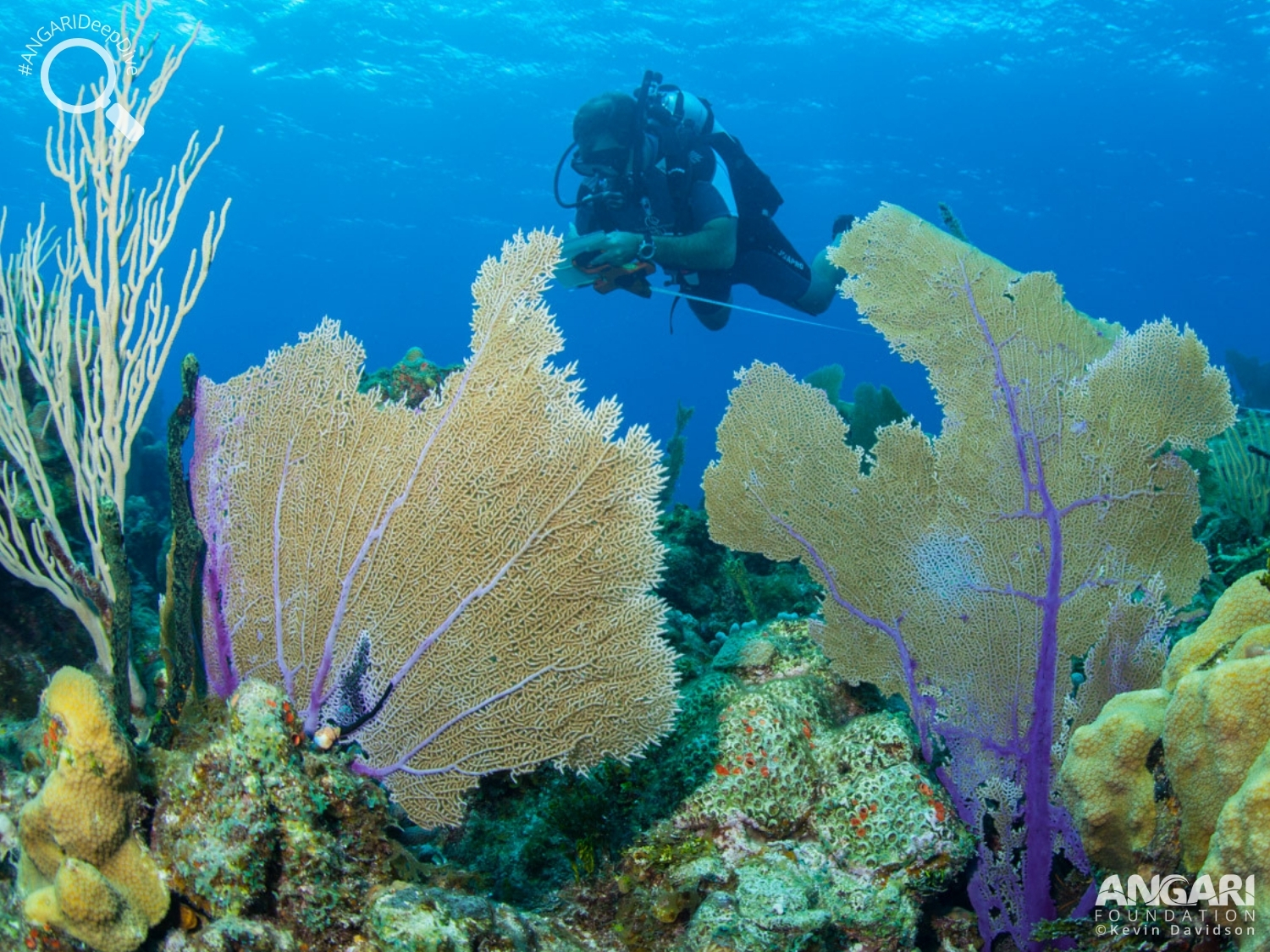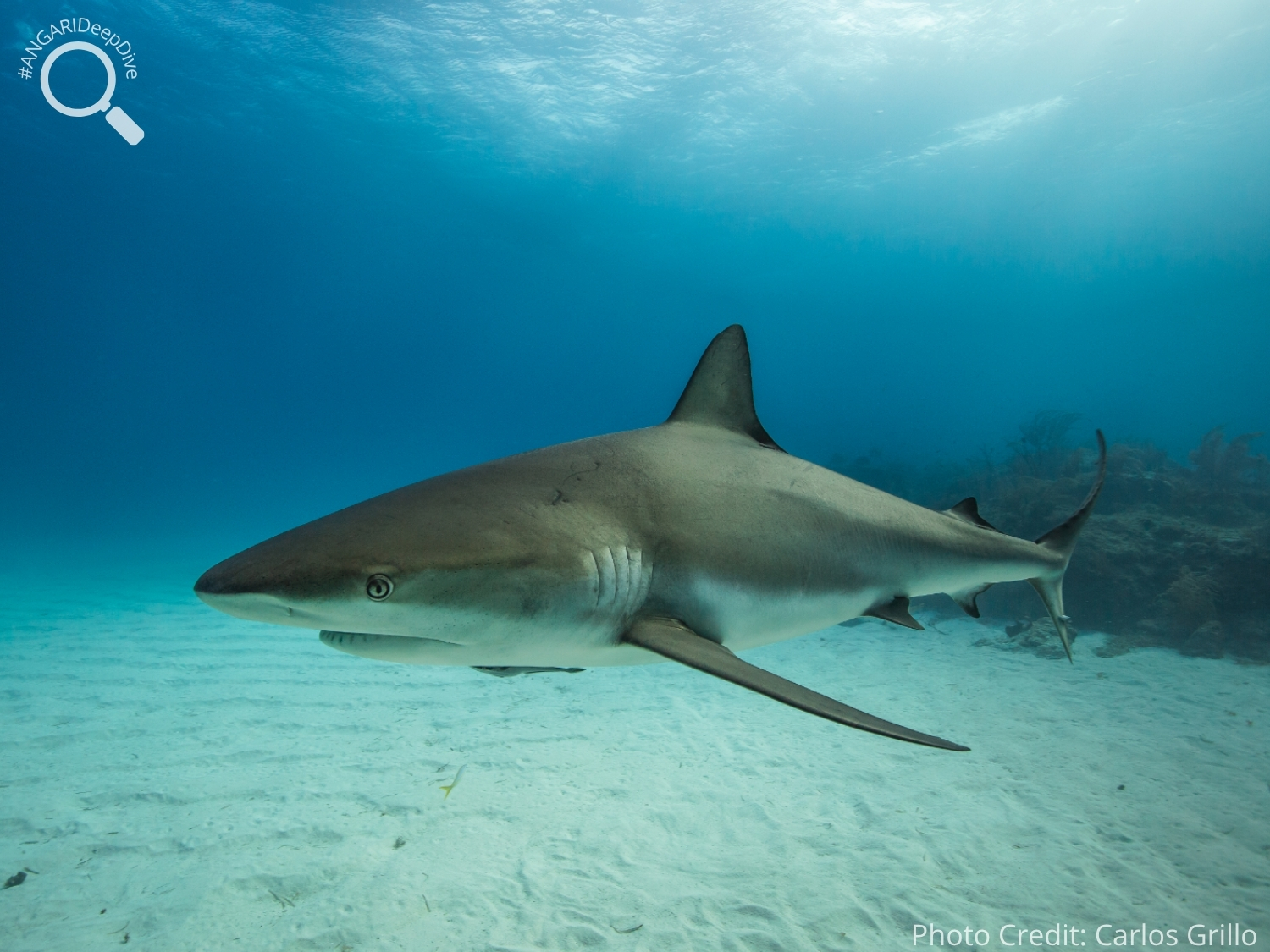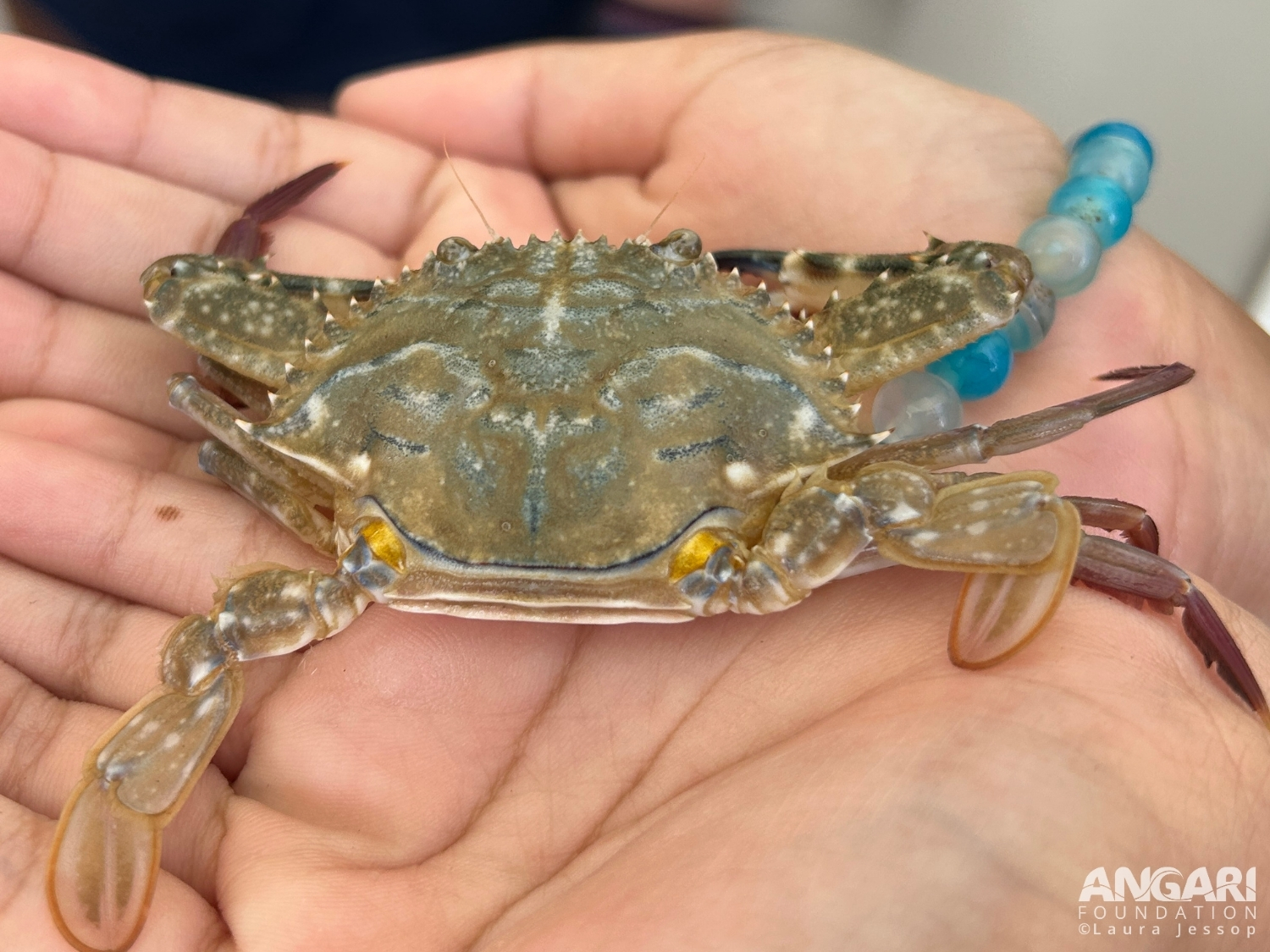Common sea fans are commonly found on coral reefs and can be identified by their purple tissue.
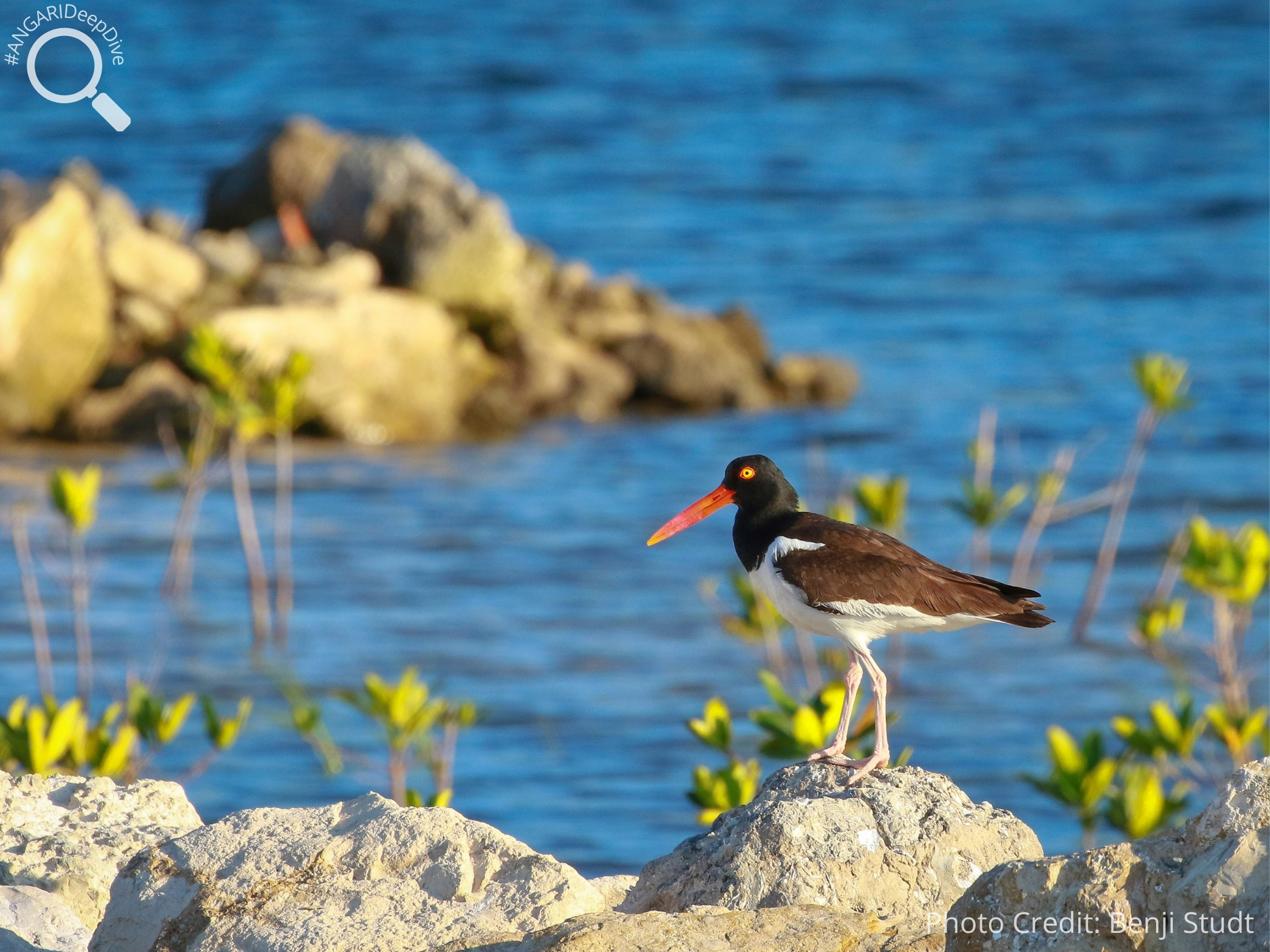
American Oystercatcher (Haematopus Palliatus)
The American oystercatcher (Haematopus Palliatus) is a migratory shorebird that has a very unique and identifiable long, thick orange bill, black and white plumage and yellow irises with a red ring around them. Originally the American oystercatcher was called a ‘sea pie’ until the naturalist Mark Catesby saw one eating oysters!
#1: Where is the American oystercatcher geographically distributed?
American oystercatchers are the only oystercatcher species native to the Atlantic coast of North America. On the Atlantic coast you will find American oystercatchers stretching from New England down to northern Florida. You can also find the American oystercatcher in the Central America and South America.
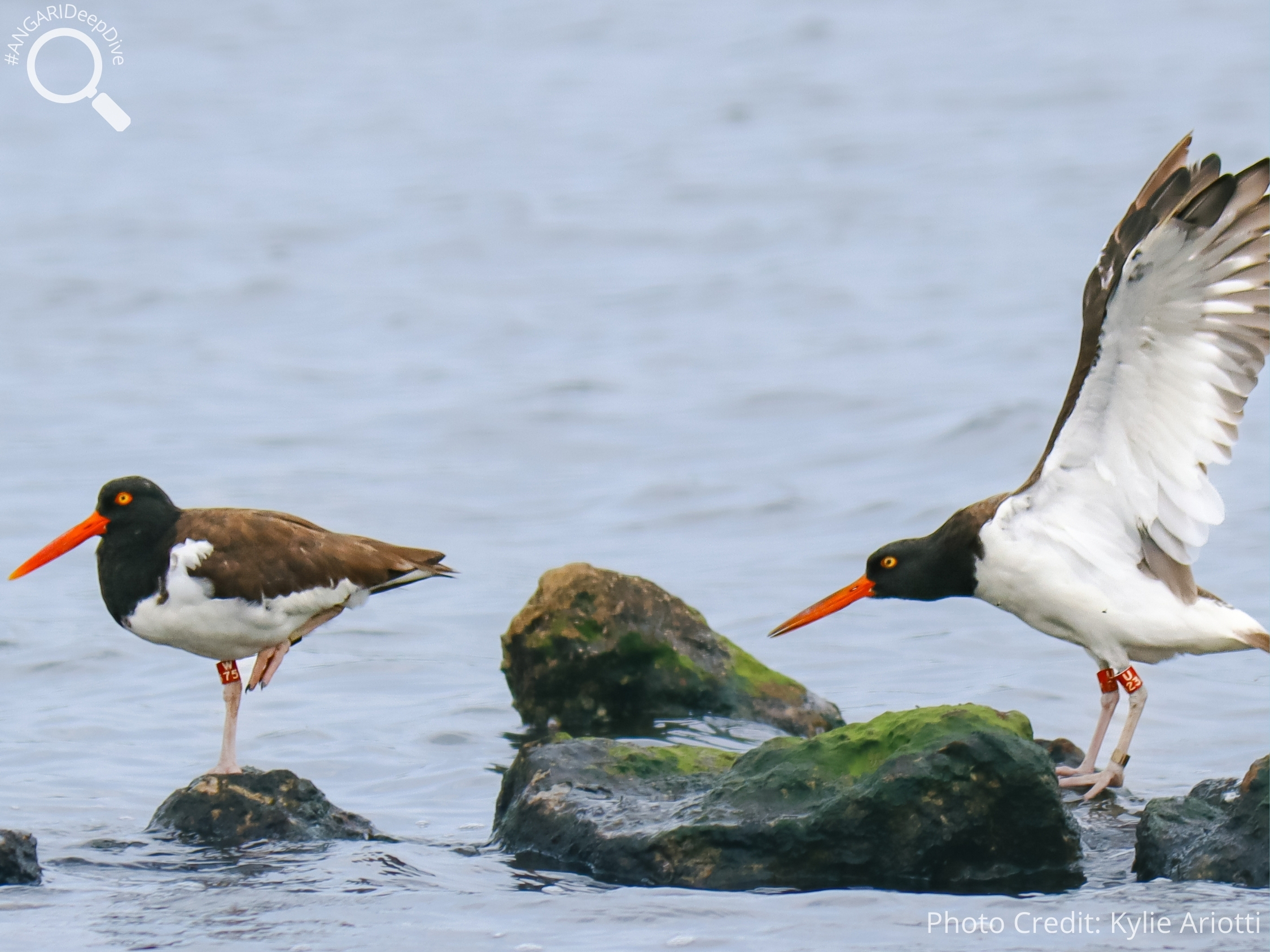
#2: What habitat does the American oystercatcher spend its time in?
American oystercatchers spend their time on mudflats, sandy beaches, salt marshes and barrier islands. This is because these habitats are where their main source of food can be located.
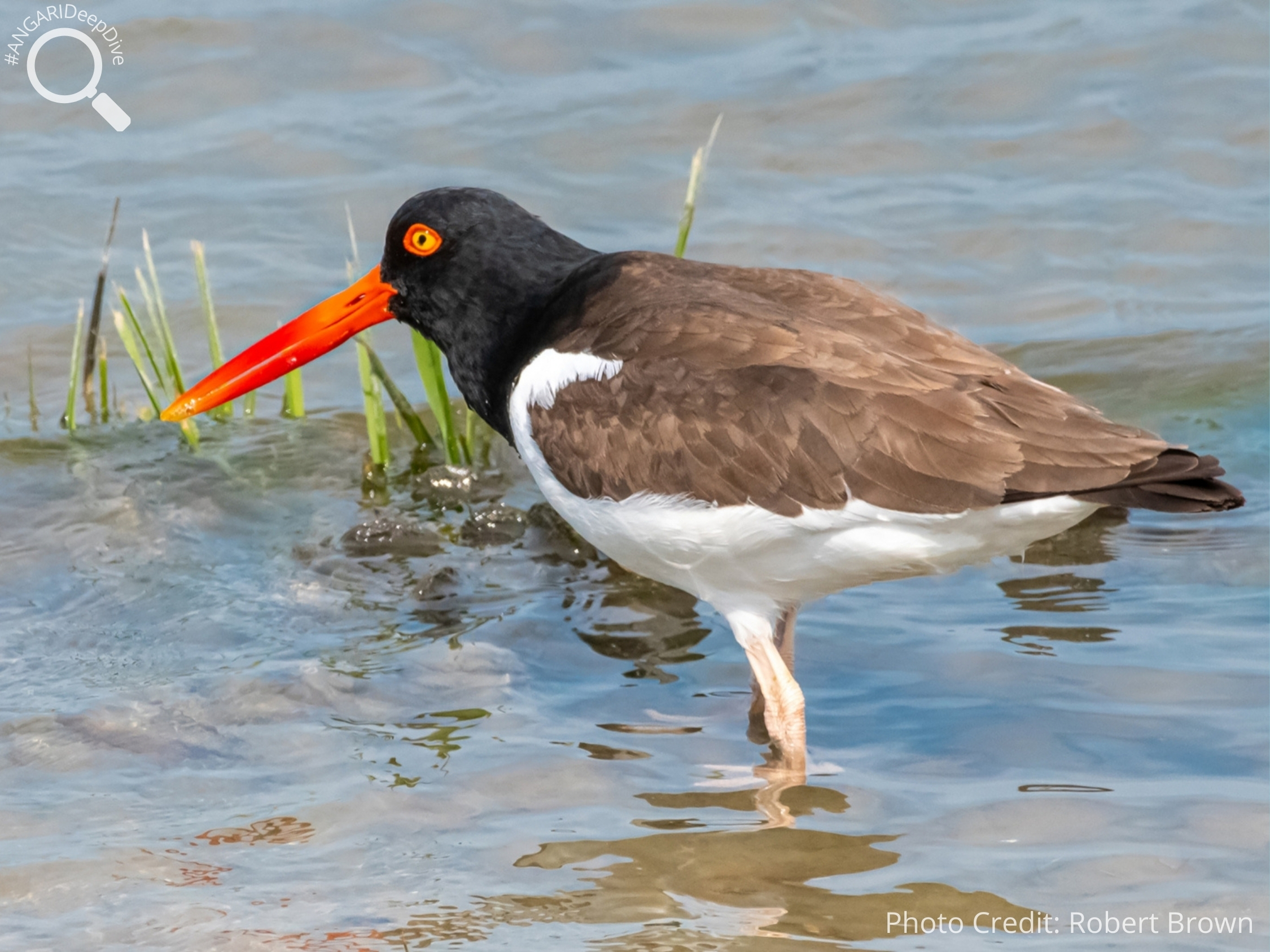
#3: American oystercatchers love shellfish.
The American oystercatcher almost exclusively survives off the consumption of shellfish and they are one of very few marine birds to do this. You will often see them foraging in the tides looking for their next meal.
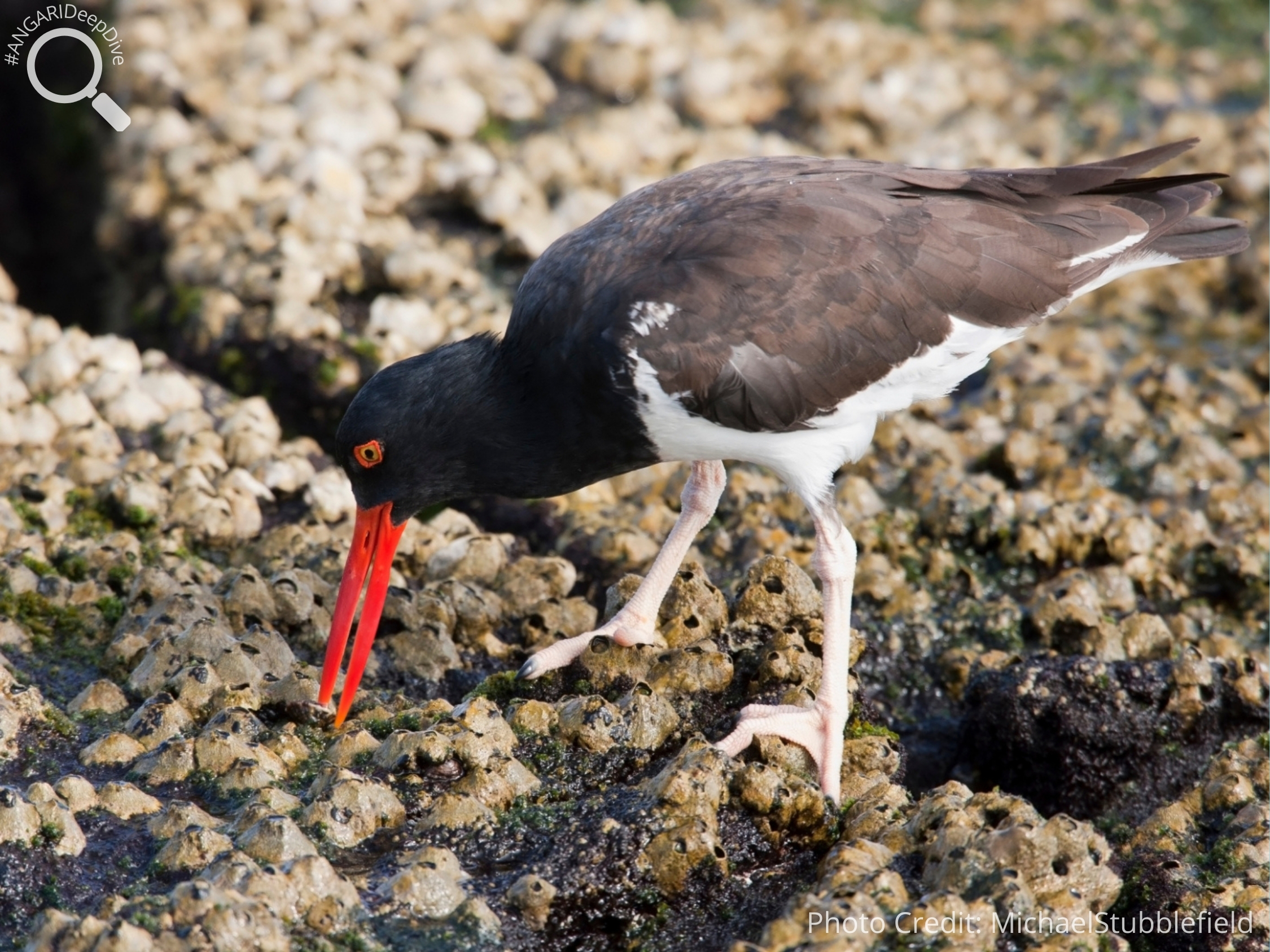
#4: Feeding styles of the American oystercatcher.
The best time for an American oystercatcher to go foraging for food is when the tide is receding, and the mollusks are still partially open feeding. The American oystercatcher uses two different methods to hunt, “stabbing” and “hammering”. The first style, “stabbing,” involves quickly stabbing an open bivalve, though it risks the bird’s bill being clamped and trapped. The second style, “hammering,” involves plucking a mollusk, relocating it, and breaking its shell with precise hammering to sever its chain.
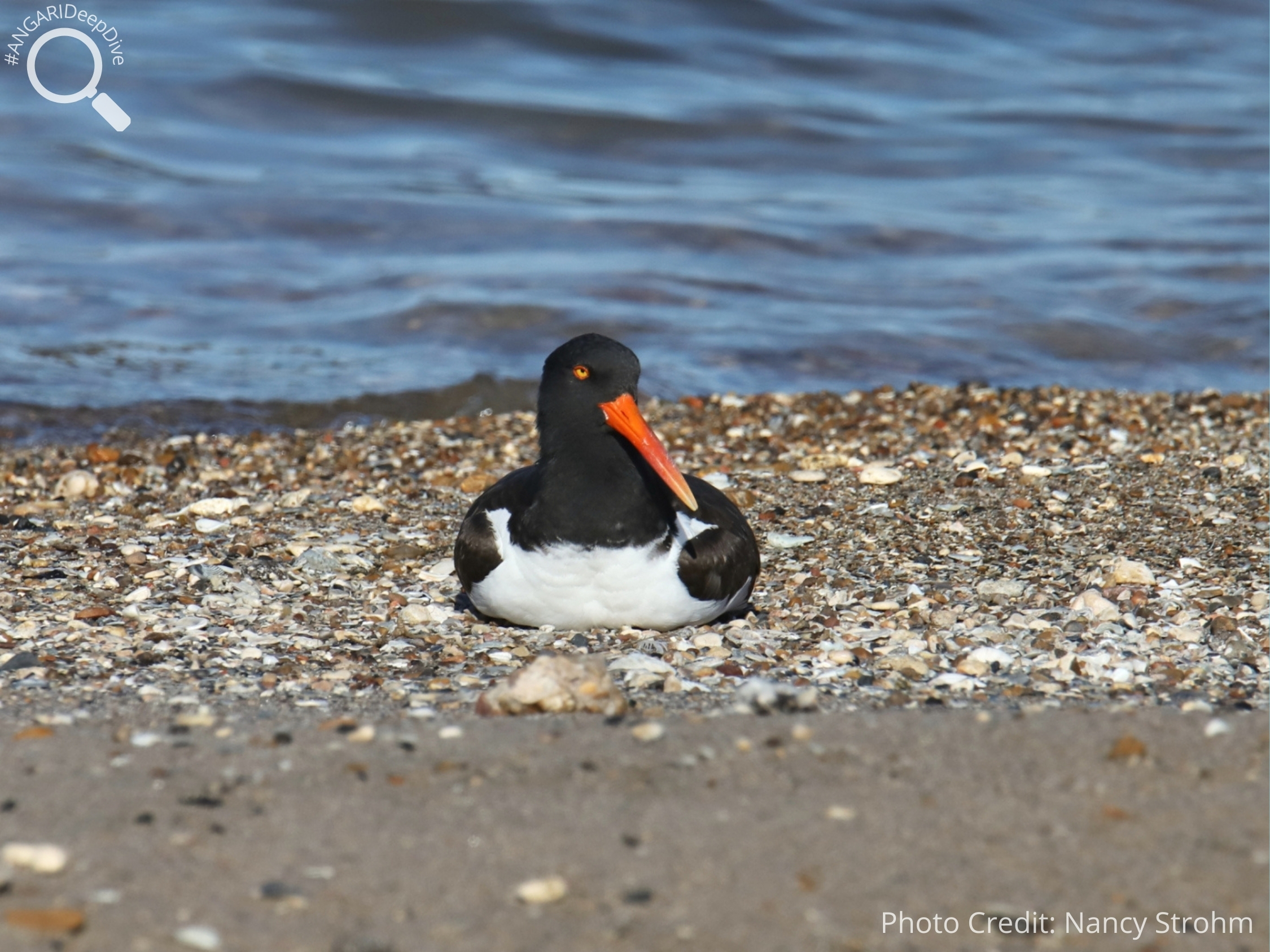
#5: American oystercatcher nesting habits.
American oystercatchers breed between February and July, raising one brood per summer. Both parents participate in building shallow scrape nests, incubation and nest defense. They often create multiple scrapes before choosing one, sometimes reusing older ones. Nests are typically found on salt marshes, rocky shores or beaches and are occasionally lined with plant material and pebbles for camouflage.
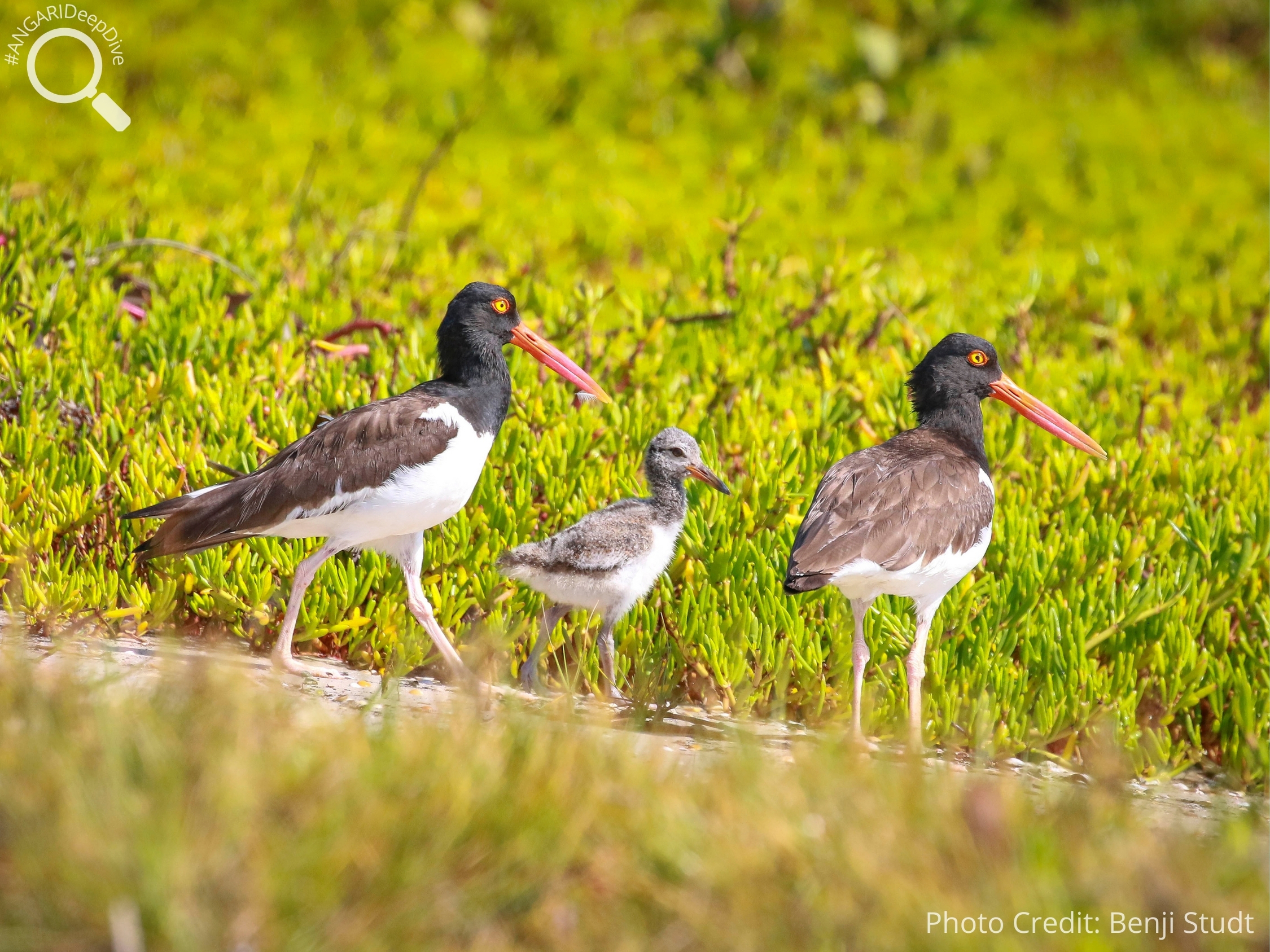
#6: American oystercatcher chicks can swim!
American oystercatcher chicks escape predators by diving underwater and swimming away. Older chicks can dive several meters deep or swim up to 10 meters underwater. On the surface, they are able to swim 400 meters and even more!
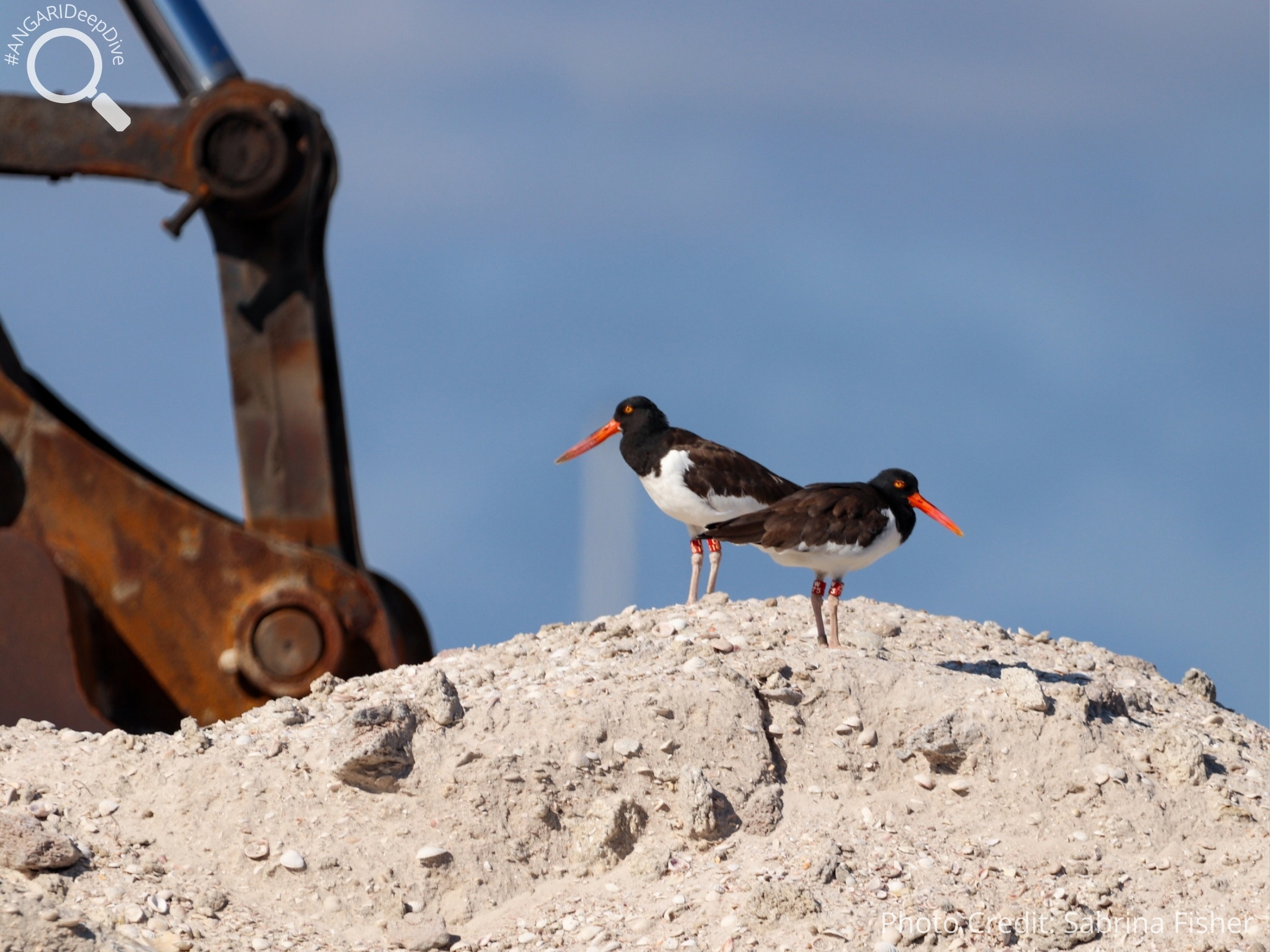
#7: The American oystercatcher has a voice.
American oystercatchers have a variety of vocalizations that they use to signal to each other that include yelps, piping noises and whistles. They will call out to each other while in roosting colonies, during the breeding season and while challenging other American oystercatchers for control of an established area.
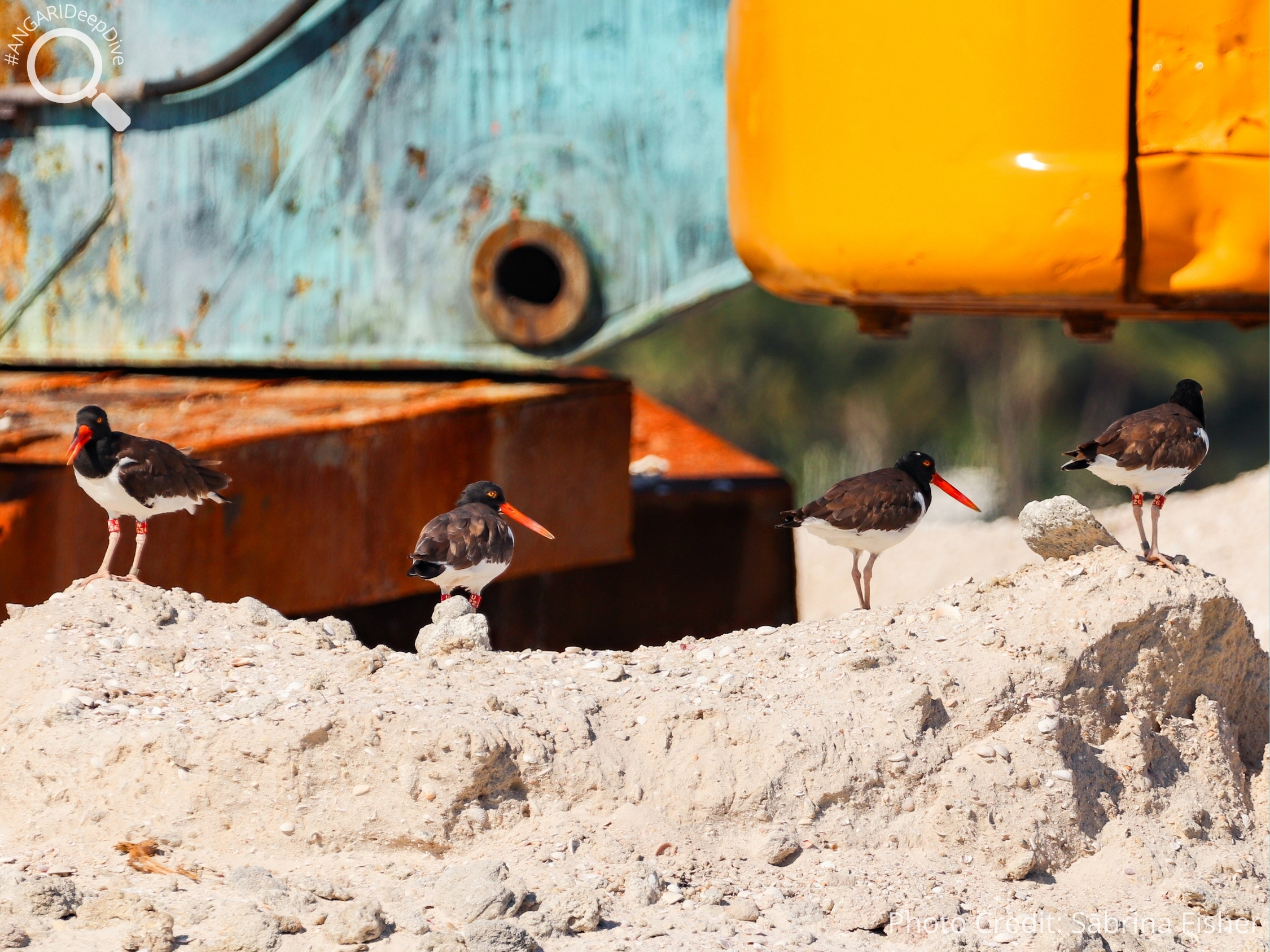
In the 19th century, the American oystercatcher was almost hunted to extinction because of its plumage and eggs. However, populations started to increase again when the Migratory Bird Treaty Act was passed in 1918. Today they face different threats which can include habitat loss, climate change, human disturbance to their nests, plastic pollution. Thanks to people like Palm Beach County’s Department of Environmental Resources Management (ERM), the American oystercatcher’s habitat is being restored allowing them to return to areas they have been vacant from for decades.
Additional American Oystercatcher Resources:
1. Build It and They Will Come: Restoring Nesting Habitat for Threatened Species – Palm Beach County Environmental Resources Management
2. American Oystercatcher – Florida Fish and Wildlife Conservation Commission
3. American Oystercatcher – BioKids,University of Michigan

